|
Do you often get bored of colouring in the same way and wonder about other techniques to give interest and individuality to your finished pages? Welcome to the ultimate list of colouring challenges! Here you will find an abundance of ideas to change up your colouring and try new things. Without further ado, let's get started! I will include photo examples of my own colouring where I can.
Other ideas I haven't yet tried are:
I hope you've enjoyed looking through this mega post and picked up some ideas for your future colouring projects! Please tag me on Facebook/Twitter/Instagram so I can see how you've interpreted the techniques.
26 Comments
Jane
8/1/2017 02:51:17 pm
Hi Claire.
Reply
Claire
8/1/2017 03:26:24 pm
I used Inscribe before I moved onto PanPastels. Mostly I use Ezyshaid pastel powders as they're quite soft & come in lots of different colours x
Reply
8/1/2017 03:13:20 pm
Claire, this is fantastic!! What a brilliant bunch of ideas. I only have one problem.... which to try first?!?!
Reply
Wendy
8/1/2017 03:55:34 pm
Dear Claire,
Reply
Lori
8/1/2017 05:20:09 pm
Love the ideas, especially the owl one. Would like more info on using chalk pastels. I'm afraid to try them because of the messiness.
Reply
Claire
8/1/2017 07:17:34 pm
Check out my PanPastels review, there's hardly any dust with those :)
Reply
Jenny Morgan
8/1/2017 07:13:31 pm
Thanks for your most interesting ideas. You're quite right, as much as I love colouring, I do feel sometimes I would like to try something different. I'm not very imaginative myself so your tips should get me started. Thanks, Jenny.
Reply
Karma Lewis
9/1/2017 07:03:29 am
I just love this article!!! I am bookmarking it so I can reference it later. Thank you for sharing these great ideas with us. :)
Reply
Wendy
9/1/2017 12:10:21 pm
Heya, Claire is from the UK. Ik ben een Nederlandse :P!
Reply
Connie O'Keefe Edwards
9/1/2017 07:57:14 pm
Thank you much for this article
Reply
Mariette Swart
13/1/2017 02:38:27 pm
I tried some of your techniques and loved it. Thank you.
Reply
26/6/2017 01:52:41 pm
Wonderful article very useful information Thank you for your great work
Reply
Amanda Greenley
10/7/2017 09:15:46 am
Love this post. Would love to read any more of your ideas. Will be trying some of these with my Cub Scouts. Fab.
Reply
Ruby Wiens
4/9/2017 06:40:56 pm
Great post and very helpful as I'm frequently in a rut and need to move on to other methods of coloring.
Reply
Stevie
5/9/2017 06:42:58 pm
I do like the only one colour family idea.
Reply
Stevie
13/1/2018 12:42:36 pm
I like number 2. Use only one colour family idea. I'd use reds.
Reply
Lisa Burns
28/2/2018 10:54:28 pm
This is a great resource! Thank you so much for this information. Picking a color palette is really hard, and referring to all your suggestions is great! Your work is amazing! God certainly gave you a gift to share with us! As I struggle with my anxiety and grief with the recent passing of my Mother, this is surely a help to me. I thank you so much!
Reply
Claire
1/3/2018 03:54:50 pm
Hi Lisa, thanks so much for your comment. I'm so sorry to hear about your Mum :( Wishing you all the best xx
Reply
jackie aisbitt
12/4/2018 09:04:32 am
thank you claire great article
Reply
Sarah
23/7/2018 03:29:04 pm
I have no idea if it was deliberate or a happy accident, but your beetle has almost all the colours of the non-binary pride flag, and the two dragonflies above it are in trans pride colours! I love all these examples, but was particularly delighted by that!
Reply
Claire
23/7/2018 04:00:16 pm
That’s awesome! 🏳️🌈
Reply
Patty Tolliver
2/5/2020 05:07:21 am
Love the suggestions. Some of them I have tried and had great success. I am excited to try the other suggestions.
Reply
Your comment will be posted after it is approved.
Leave a Reply. |
- ~Home~
- ~My Story~
- ~Mental Health~
- ~My Illustrations~
- ~Beginner's Guide to Colouring~
- ~Tutorials~
- ~Colouring Book Reviews~
- ~Product Reviews~
- ~Arts & Crafts Reviews~
- ~Charts~
- ~Gallery~
- ~Colouring Challenges~
- ~Gemstones~
- ~The Color Catalog~
- ~Illustrator Interviews~
- ~Media Appearances~
- ~FAQ~
- ~Contact~
- ~Policy~
©Claire Eadie 2015
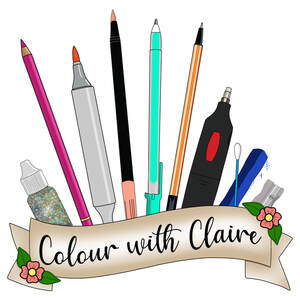
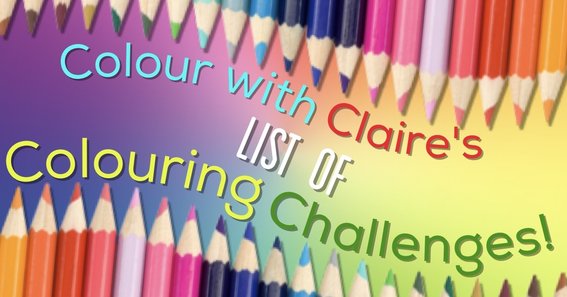
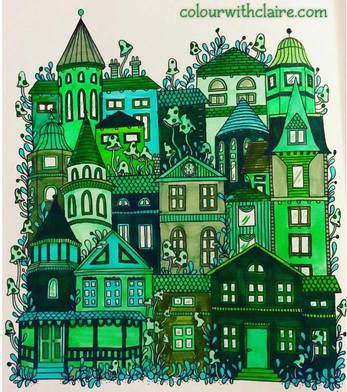
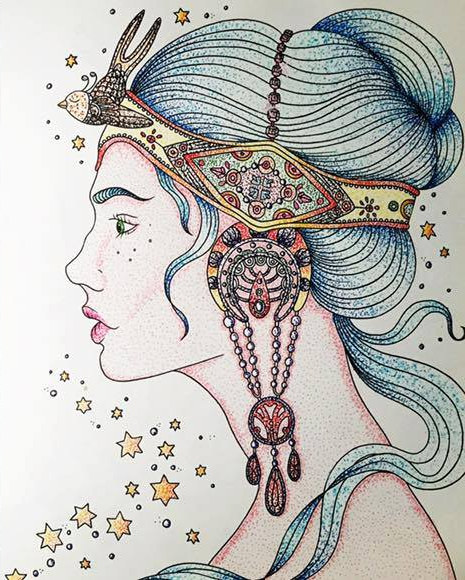
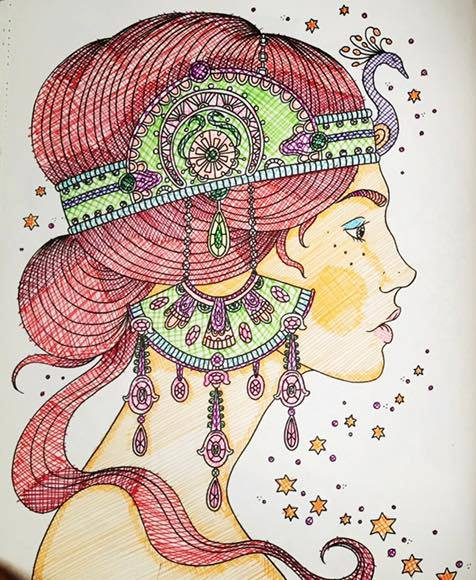
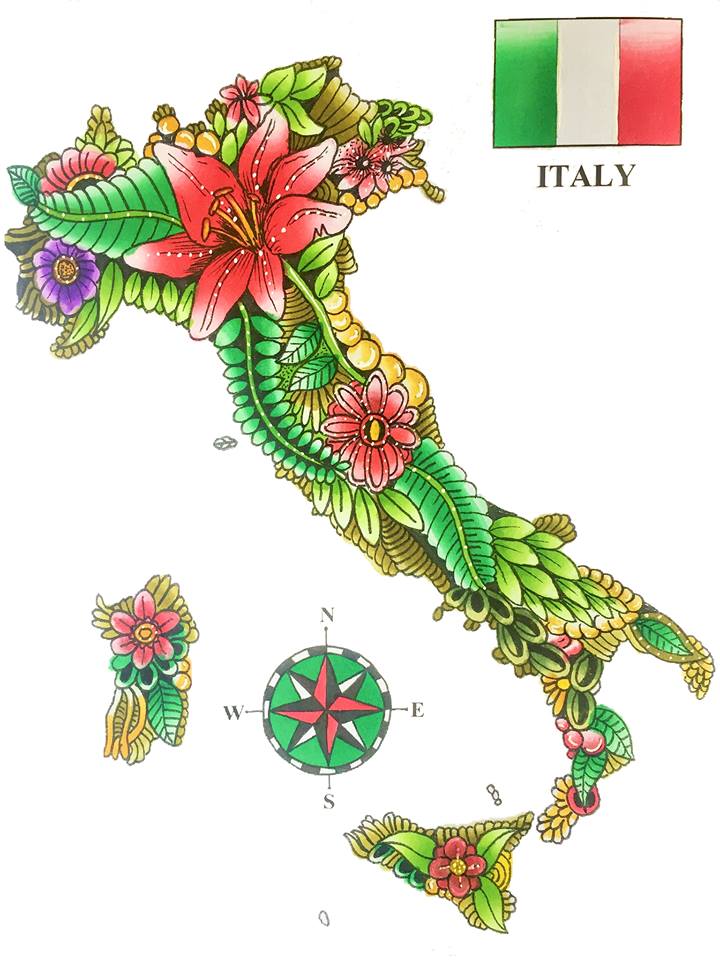
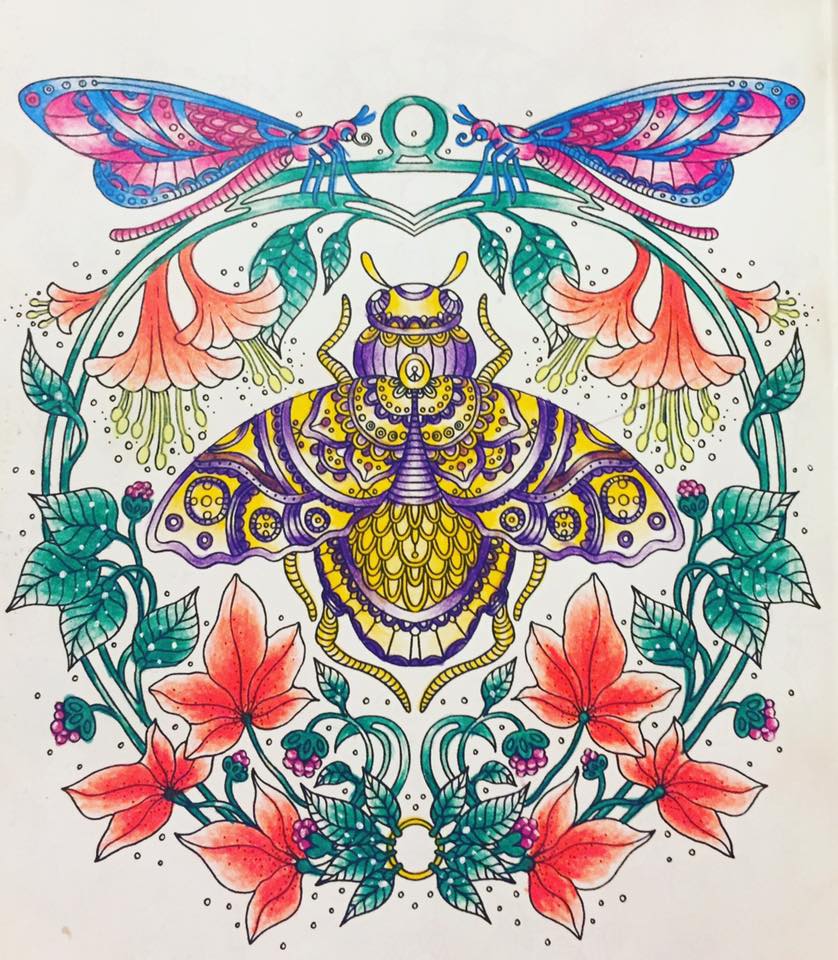
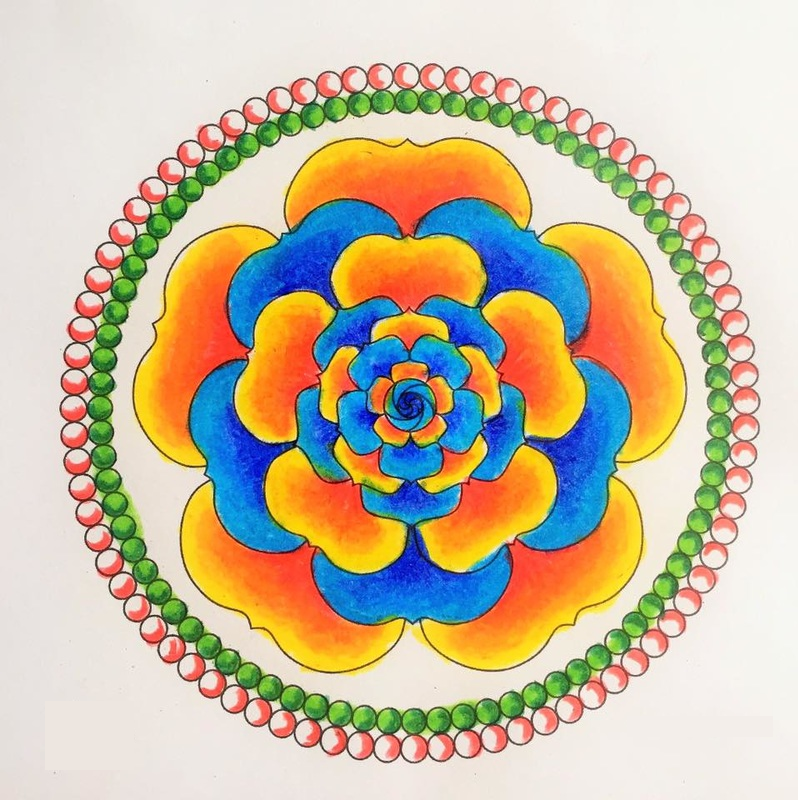
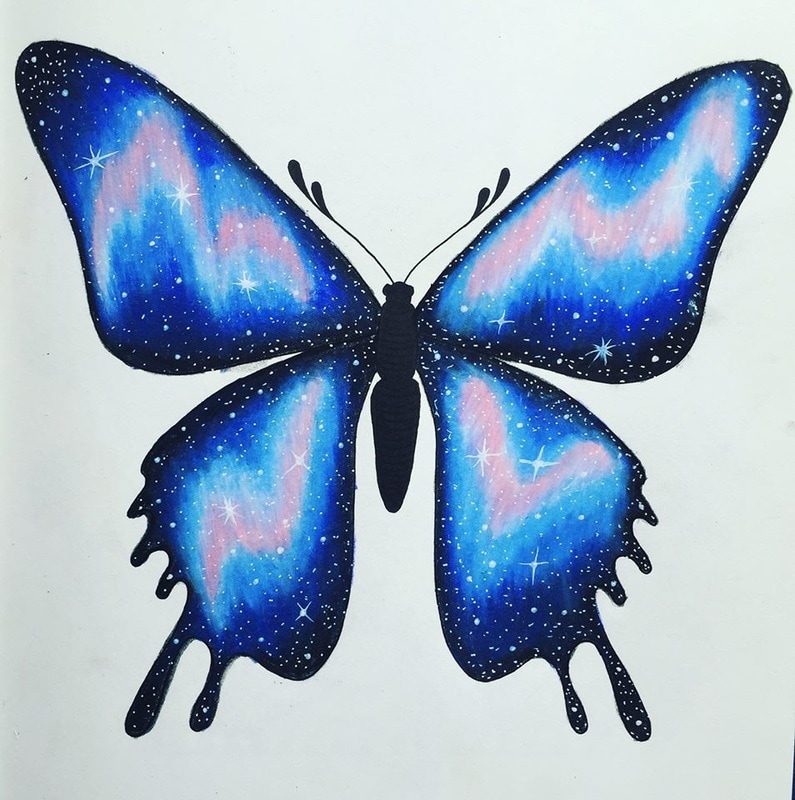
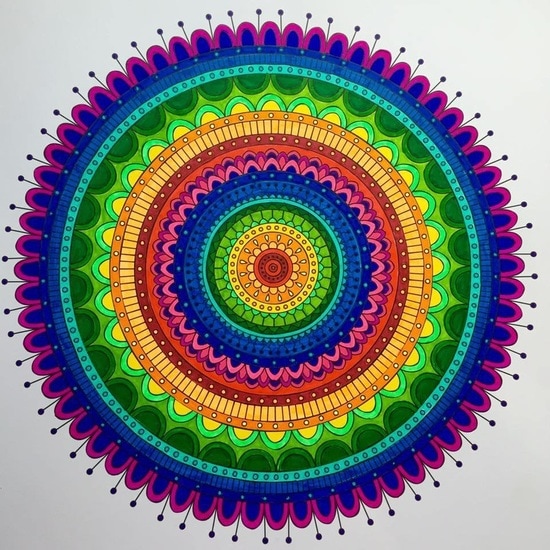
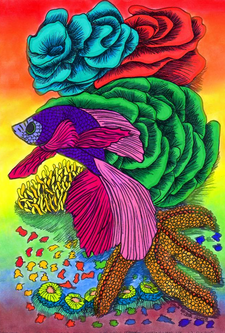
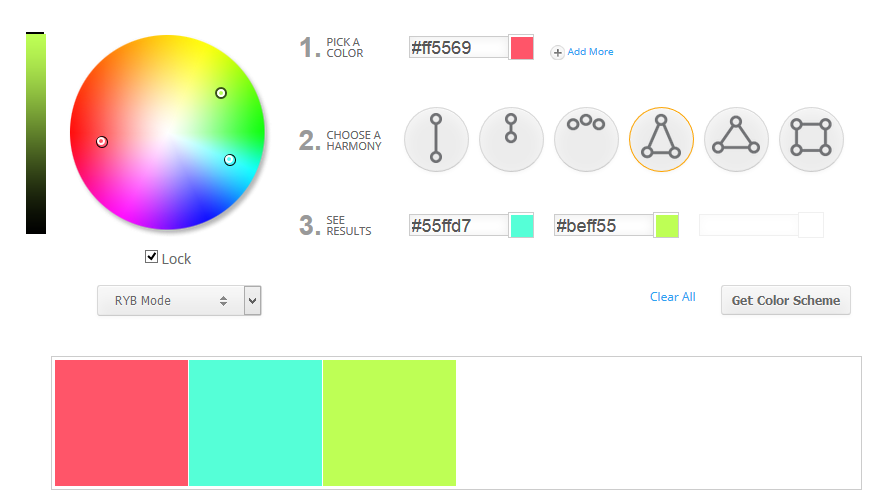
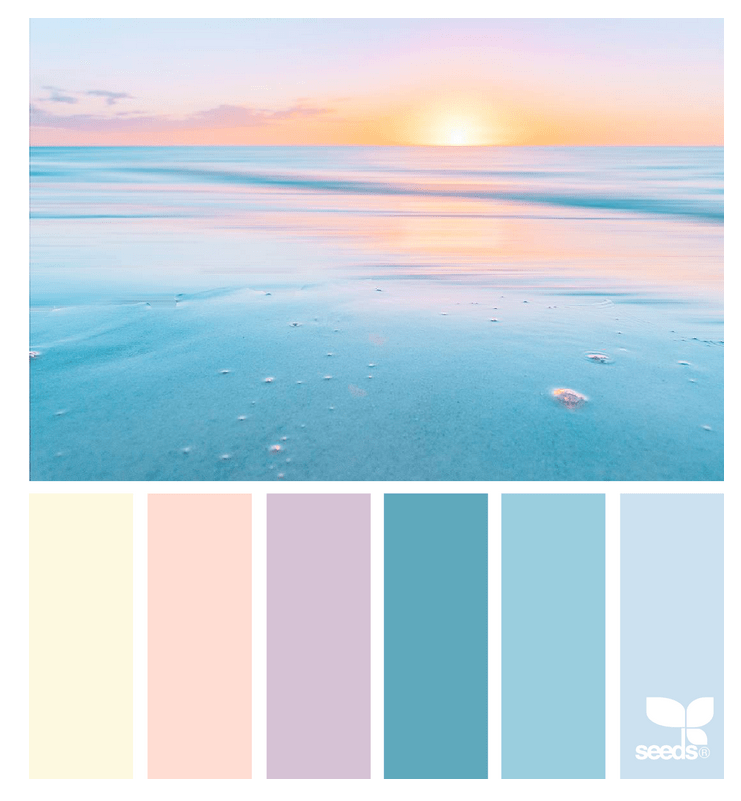





 RSS Feed
RSS Feed
